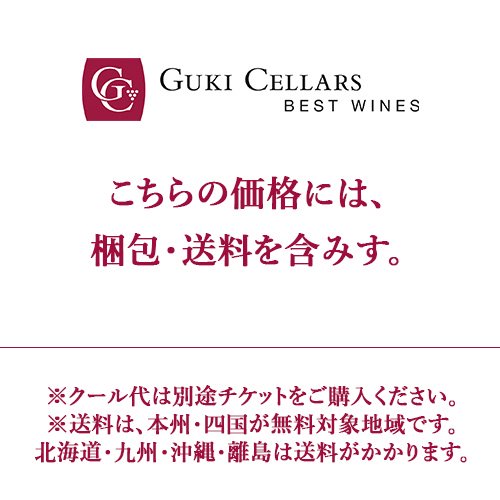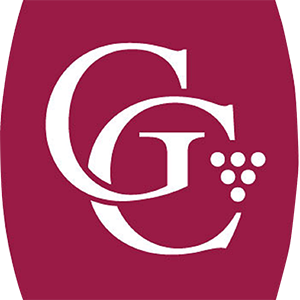Argentina
-
カタマルカ
Catamarca -
サルタ
Salta -
サン・ファン
San Juan -
ネウケン
Neuquén -
メダノス(ブエノス・アイレス)
Medanos (Buenos Aires) -
メンドーサ
Mendoza -
ラ・リオハ
La Rioja -
リオ・ネグロ
Río Negro

アルゼンチンは(フランス、イタリア、スペイン、アメリカ合衆国に次ぐ)世界で第5位のワイン生産国です。16世紀初め、スペイン人によるアルゼンチンの植民地化と共にワイン生産は始まりました。1537年、今日ブエノスアイレスが位置するところに、入植地が設置されました。1556年にチリからブドウの挿し木が持ち込まれ、入植地でブドウ栽培が始められました。クリオージャ・グランデとしても知られていますが、クリオージャ・ブドウは古代新種の直系の子孫です。いわゆる ”ジョッキ (多量)ワイン” を主に造るために、このブドウはアルゼンチンで現在もまだ広範囲に栽培されています。19世紀中ごろフランス系ブドウ品種がこの国に導入されました。その中でマルベック・ブドウが選択範囲に含まれていました。マルベックは確かにフランス原産であり、まだ大量にフランスで栽培されているにもかかわらず、今ではアルゼンチンの全国的な特産ワインになっています。ブドウ栽培は主としてアルゼンチンの西部地域、アンデス山脈の丘陵 (メンドーサやサン・ファン) で発展しました。後に、アルゼンチンのワイン産業は、チリのようにフィロキセラ蔓延の二次的受益者でした。フィロキセラは19世紀末にヨーロッパのワイン産業を荒廃させましたが、チリもアルゼンチンも影響を受けませんでした。ヨーロッパから来た移民者の多くはワイン造りの経験がありました。彼らは新しい国で役立つ専門知識をもってきました。
20世紀初めに、アルゼンチンでワインビジネスが発展しました。当時アルゼンチンは、国民一人当たりの所得がフランスやドイツに近く、世界で最も豊かな国の1つで、南アメリカでは一番豊かな国でした。しかし、1929年から1939年の世界大恐慌が、ワインビジネスに急激な下降をもたらしました。第二次世界大戦後、アルゼンチンのワイン生産者たちは多量で低品質の ”テーブル・ワイン” を造っている国内市場に迎合しました。ワインの平均年間消費量はおよそ一人当たり120本でした。アルゼンチンがやっと本当の可能性に目覚め、高品質のワインを造り始めたのは1990年代に入ってからでした。そして、アルゼンチンのワインは、世界中のワイン通やワイン評論家たちから高い評価を受け続けています。多くの外国のワイナリーやエステートは今アルゼンチンでワインを造っており、いわゆる ”フライング・ワイン・メーカー” たちは、現在、最新の知識と技術を導入しています。
アルゼンチンは北から南までおよそ3,650 km におよんでいます。(アンデス山脈に沿って)チリとの国境の全長は5,308 km です。パラグアイ、ボリビア、ブラジル、ウルグアイとの国境は4,553 km の長さです。アルゼンチンの一番高い山は標高6,960m のアコンカグアです。国土の広さは、南アメリカでは第2位、世界では第8位です。面積(2,766,890 km²) が大きいので、地方の気候条件はかなり異なります。北部の夏はかなり高温多湿で、冬は暖かくて乾燥しています。アルゼンチン中央部は、夏は暑く、冬は寒い気候で、世界で一番大きな雹(ひょう)が降りやすい気候でもあります。南部地方の夏は温暖ですが、冬は雪がたくさん降り、とても寒い気候です。南アメリカの一番暑い気温と一番寒い気温はアルゼンチンで記録されたプラス47℃ とマイナス40℃です。主要なワイン生産地はアンデス山脈に沿った西にあります。その気候は半乾燥です。その地域でのブドウの栽培は山からの灌漑に頼っています。気温が日中40℃まで上がった後、夜には10℃まで下がる地域もあります。もっと温暖な気候条件の地域もあります。冬の気温が0℃に近くなることはあるかもしれませんが、氷点下になることは稀です。
チリと同じように、アルゼンチンにフィロキセラはありません。これは、砂質土壌が占めているためであると考える人もいます。また、昔ブドウ畑を水浸しにしていた歴史的な湛水灌漑のためであると考える人もいます。他の国々によく影響を及ぼしていますが、ブドウの病気に関するトラブルが、アルゼンチンの栽培家たちにはほとんどないのは、高地であることと湿度が低いことによるのです。めったに農薬は使用されません。およそ、230,000 ha でブドウを栽培している醸造業者は、アルゼンチンに26,000人ほどいます。ワイン製造の50%弱は赤で、25%未満が白、残りがロゼワインです。7つの生産地域がワイン醸造の99%以上を占めています。メンドーサの市場占有率は65%以上で、サン・ファンでおよそ22%を造っています。国が受け入れた様々な移住民の結果として、多種類のブドウ品種がアルゼンチンで栽培されています。赤ワイン用品種では、マルベックが30%未満を占め、(ドルチェット種の1つとされている)ボナルダが19%、カベルネ・ソーヴィニヨンが18%、シラーが13%、メルローが7%、テンプラニーリョがほぼ7%を占めています。白ワイン用品種では、ペドロ・ヒメネスが35%、トロンテスが22%、シャルドネが17%、シュナン・ブランが7%、さらにユニ・ブランとソーヴィニヨン・ブランがそれぞれ6%を占めています。単品種とラベルに表記するには、ワインの80%以上がその品種から造られていなければなりません。
Argentina is the 5th largest producer of wines in the world (after France, Italy, Spain and the USA). Wine production started with the colonization of Argentine by the Spanish at the beginning of the 16th century. In 1537, a settlement was established where today Buenos Aires is located. In 1556, vine cuttings were brought in from Chile, they started the viticulture in the region. The Criolla grape, also known as Criolla Grande, is a direct descendent of these ancient varieties. The grape is still widely planted in Argentina mainly to produce so-called "jug (volume) wines." French grape varieties were introduced to the country during the middle of the 19th century. Included in the selection of grapes was the Malbec grape, which by now has become Argentine's national signature wine even though it is very much of French origin and still planted there in large quantities. Vine growing developed mainly in the western areas of Argentine on the hills of the Andes Mountains (Mendoza and San Juan). Later the Argentinian wine industry was, like Chile, an indirect beneficiary of the phylloxera epidemic, which at the end of 19th century devastated the European wine industry but did not affect either country. Many of the immigrants who arrived from Europe were experienced in making wines. They brought their expertise which benefited their new country.
The beginning of the 20th century saw an expansion of the wine business in Argentine. At that time, Argentina was one of the richest countries in the world and the richest in South America, with a per-capita income close to that of France and Germany. However, the Great Depression of the years 1929 to 1939 resulted in a strong decline of the wine business. After the Second World War, producers in Argentina catered mainly to the domestic market producing high volume, low quality "table wines." The average yearly consumption amounted to about 120 bottles per person. It was in the 1990s that Argentine finally awoke to its true potential and started to produce highly quality wines, which continue to be highly acclaimed by connoisseurs and wine critics all over the world. Many foreign wineries and estates are now producing wines there and many so called "flying wine makers"are now introducing the lastest knowledge and techniques.
Argentina stretches for about 3,650 km from north to south. The length of its border with Chile (along the Andes mountain range) is 5,308 km. Its borders with Paraguay, Bolivia, Brazil and Uruguay are 4,553 km long. Its highest mountain is the Aconcagua with a height of 6,957 m. It is the second largest country in South America and the eighth largest in the world. Given its big size (2,766,890 km²) regional climatic conditions vary considerably. The north has very hot and humid summers with mild and dry winters. The weather in central Argentine is hot during the summer and cold in the winter, it is also subject to the world's largest hailstorms. The southern regions have warm summers but very cold winters with a lot of snow. The hottest and coldest temperatures in South America was recorded in Argentina i.e. plus 47°C and minus 40°C. The major wine regions are situated in the west along the mountain range of the Andes. The climate is semi-arid. Growing vines in the region relies on irrigation from the mountains. In some regions the temperature can go as high as 40°C during the day only to descend to about 10°C during the night. Other regions have more temperate climatic conditions. Winter temperatures can be close to 0°C but rarely go lower.
Like in Chile there is no phylloxera in Argentine. Some attribute this to the prevailing sandy soil; others think the historic flood irrigation used to drench the vineyards with water is the reason. The high altitude and low humidity means that growers in Argentina have few problems with grape diseases, which often affect other countries. Pesticides are rarely used. Argentina has about 26,000 vintners who grow vines on about 230,000 hectares. Slightly less than 50% of the wines produced are red, less than a quarter is white and the rest are rose wines. Seven regions account for over 99% of the wine production. Mendoza's share is over 65% and San Juan produces about 22%. Many different grape varieties are grown in Argentina as a result of the many different immigrants whom the country absorbed. Among the red wine varieties Malbec accounts for just under 30%, Bonarda (assumed to be a Dolcetto variety) for 19%, Cabernet Sauvignon for 18%, Syrah for 13%, Merlot for 7% and Tempranillo for close to 7%. Among the white wines Pedro Gimenez accounts for 35%, Torrontes dor 22%, Chardonnay for 17%, Chenin Blanc for 7% while Ugni Blanc and Sauvignon Blanc account for 6% each. If a single grape variety is stated on the label at least 80% of the wine must be made from the variety.
-
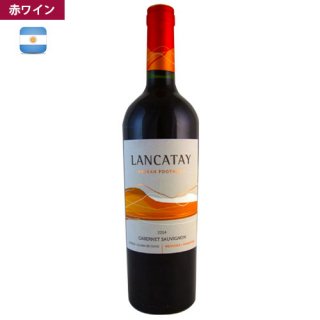

00317-14 2014
ウアルペ・ランカテ・カベルネ・ソ‐ヴィニヨン
Huarpe Lancatay Cabernet Sauvignon
送料無料 (本州・四国)2,639円(内税) -
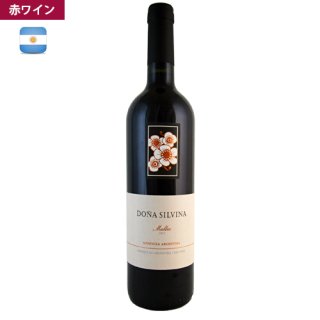

00311-15 2015
ドーニャ・シルビィナ・クラシック・マルベック
Dona Silvina Classic Malbec
送料無料 (本州・四国)3,563円(内税) -
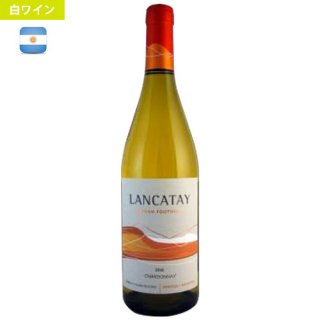
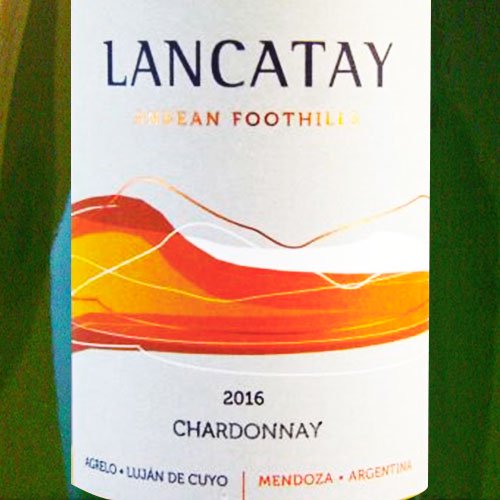
00316-16 2016
ウアルペ・ランカテ・シャルドネ
Huarpe Lancatay Chardonnay
送料無料 (本州・四国)2,639円(内税) -


00318-13 2013
ウアルペ・マイプ・テロワール
Huarpe Maipu Terroir
送料無料 (本州・四国)3,827円(内税) -
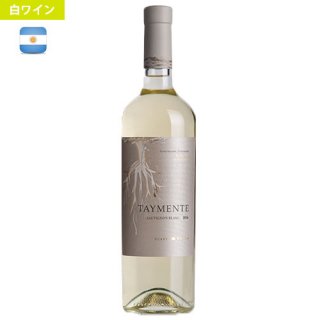
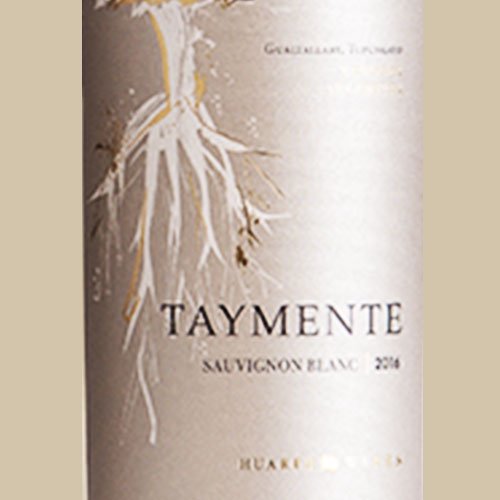
00320-18 2018
ウアルペ・タイメンテ・トロンテス
Huarpe Taymente Torrontes
送料無料 (本州・四国)SOLD OUT












